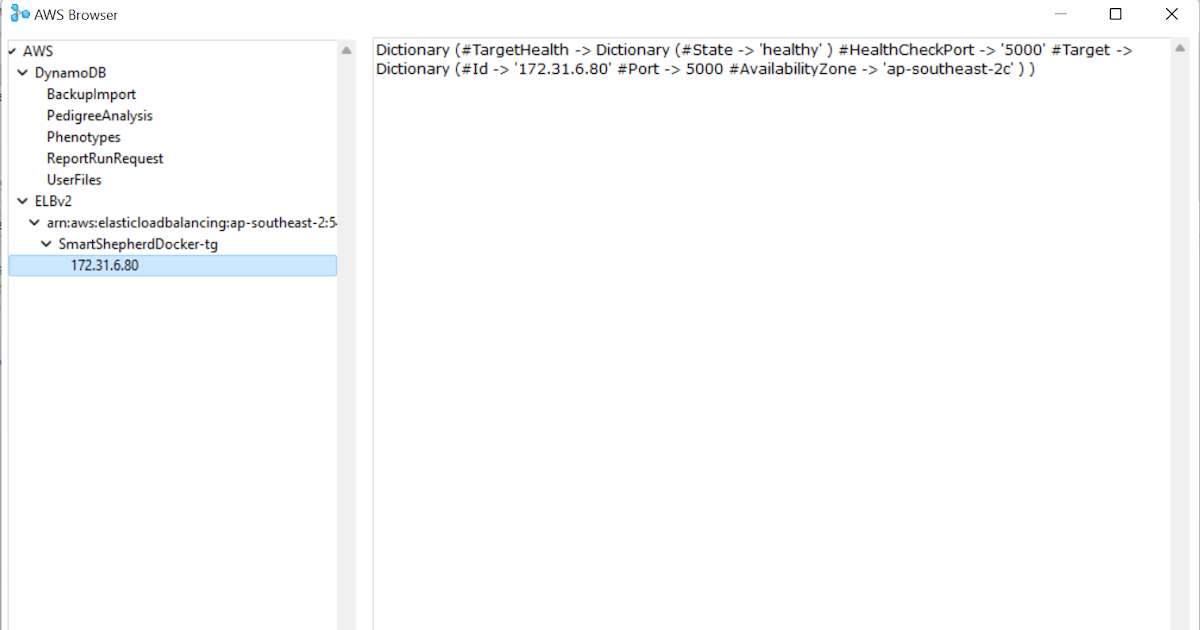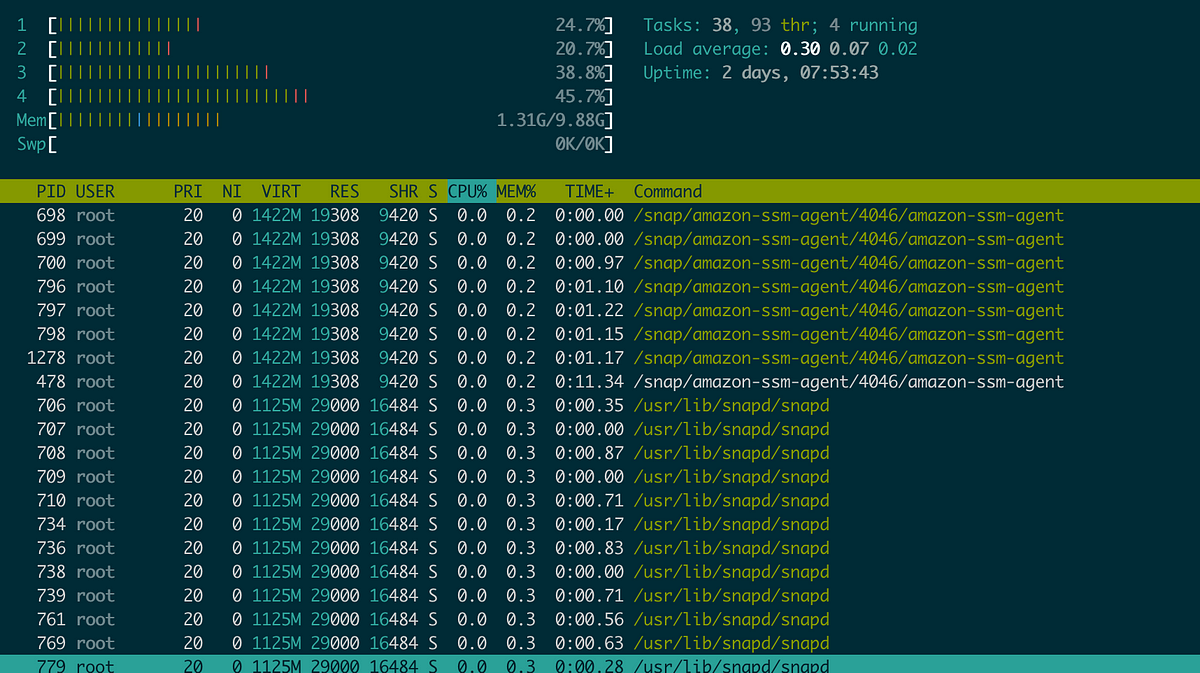
IPv6 masquerading for egress on microk8s on EC2
The adoption of IPv6 throughout the internet goes slow, but it makes progress. One significant change was when AWS started charging for in-use IPv4 addresses this February. For several years now the death knell has rung on IPv4 addresses and the predicted force move to IPv6’s larger addressable space. Market forces have provided a more gentle transition, with increased prices for IPv4 addresses and the implementation of dual stack solutions that allow support for both address types. The change of pricing at AWS was discussed at length on Hacker News last year.
Moving to IPv6 has other developer experience advantages, especially when running on AWS and using their VPC offering: Every time you create a new VPC, you will just get your own block of IPv6 addresses and that’s it, you can use it as you want from now on, no EIP allocation, NAT’ing or anything complicated, just assign IPs from that space and get going. It’s awesome!
More generally, the vast address space of IPv6 eliminates the need for network address translation (NAT), allowing every device to have a unique global address, which simplifies network design and improves end-to-end connectivity. Auto-configuration capabilities streamline network setup, reducing the reliance on DHCP for address assignment. Without private address collisions, networks can interoperate without the complex workarounds required in IPv4. IPv6 enhances multicast routing efficiency, supporting more robust and scalable distribution of data. Its simplified header format and improved routing mechanisms enable more efficient packet processing. IPv6 introduces true QoS through flow labeling, allowing for better traffic prioritization. Security is fundamentally integrated, with support for authentication and privacy directly in the protocol. The architecture of IPv6 is designed to be extensible, accommodating future needs with flexible options and extensions.


















